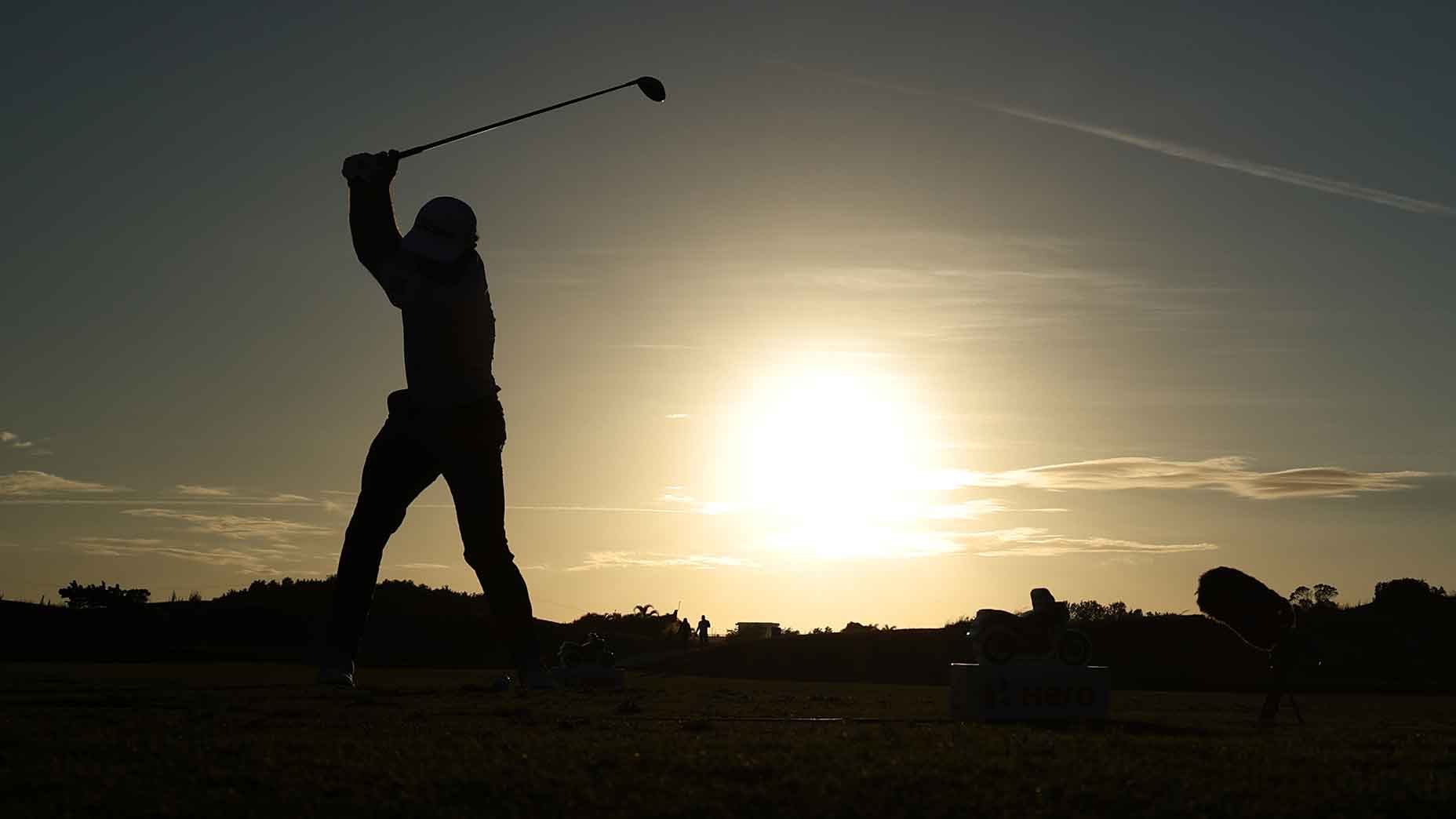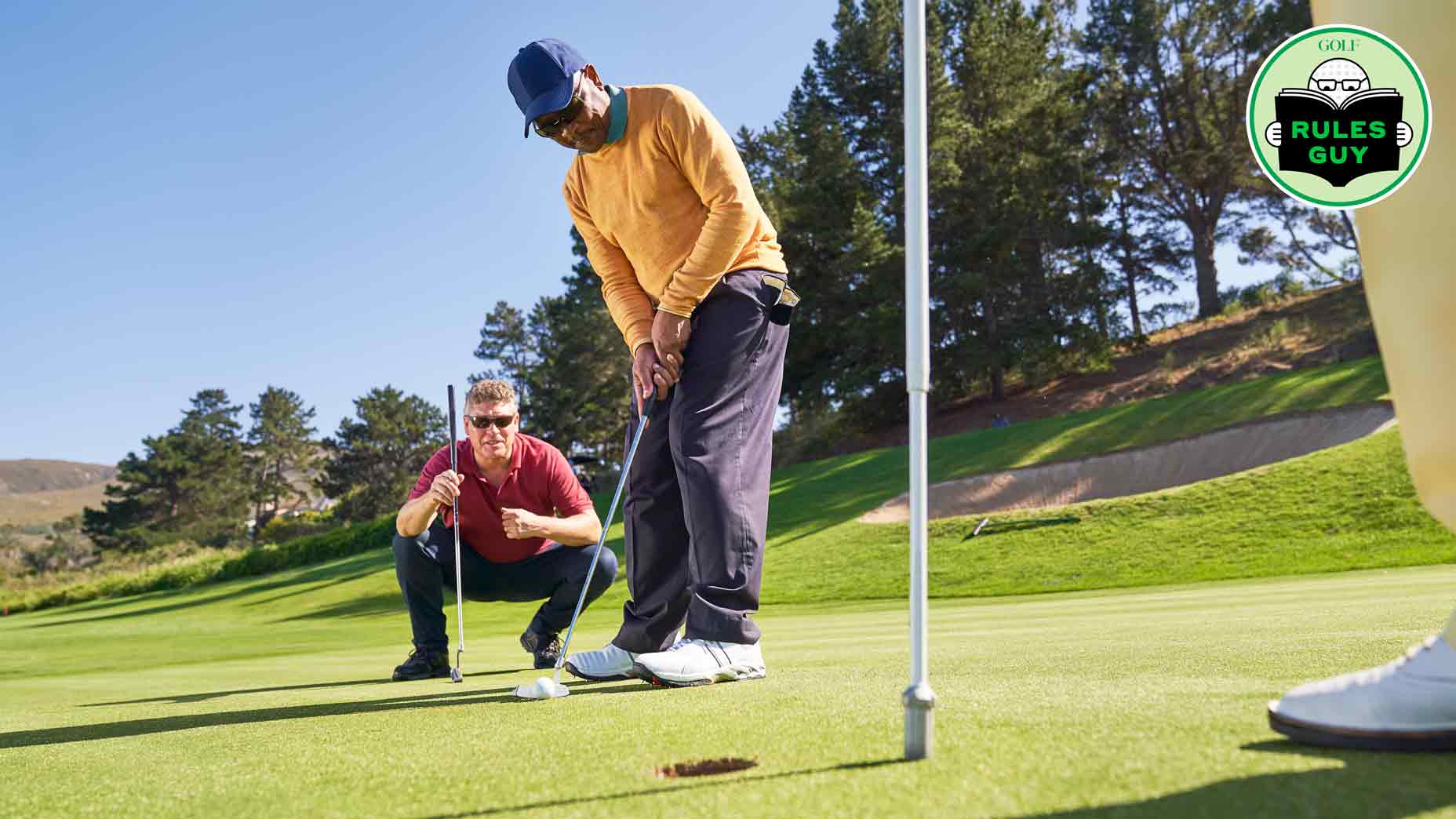This season’s been good to me: multiple wins, a Solheim Cup victory and as high as second in the Rolex ranking. It’s a story of total game improvement—I’ve been working on everything. Here are five areas where practice paid off. Follow my lead and watch the birdies pile up.
I’ll walk you through five critical areas of the game and the moves in each that I’ve focused on recently to produce my most satisfying year ever. But before that, let me share a tip that’ll help everything: Relax. I tend to get “amped” on the course, and I’ve played in enough pro-ams to know that most weekend players get very “nervy.” They’re both the same. My overarching key is to chill out. Before any swing, I take a deep breath and relax my arms. As I step in, I hold the grip with just my right hand. I shake out my left arm, take another deep breath, then place my left hand on the club. I literally want to feel the stress leave my body. Now I’m ready.
ON THE GREEN
I’ve worked really hard on my putting, because it hasn’t always been so reliable. Right now, the number-one priority for me is to remain super-still all the way through my stroke. My mantra: “Quiet hands, quiet head, better putt.” I tend to look up early, forcing the ball to wobble off line. (It’s been so bad that I’ve played entire tournaments putting with my eyes closed.) But I’ve seen the light. For me, the key to staying “quiet” is getting into a solid setup. I’ve squared up my stance, with my feet, knees and shoulders set parallel to my putt line. It was difficult at first—standing just a little closer to the ball made all the difference. It’s true what people say: The closer your eyes are to the target line, the better your stroke will be.

IN THE SAND
I don’t want to sound cocky, but bunkers are—how do I put it?—my specialty. Maybe it’s the Florida girl in me, but I love the sand. That in itself is a boost. If you’re terrified of the sand, you have much less chance of getting the ball out of the hazard, let alone close to the hole.

Other than a dose of confidence, adhering to fundamentals is a must. First, choke down on the grip, to almost the middle of the handle. Set your stance open to the target, but with the face of your wedge pointing at the spot you want the ball to land. Set 60 to 70 percent of your weight over your front foot. Your goal is to leave it there as you swing; it’s what allows you to contact the sand in the right spot. Never lean back. If you can avoid that mistake, the only thing left to do is to maintain the open clubface (relative to your stance) throughout your motion. I find this easy to achieve by abbreviating my finish. Works wonders.

NEAR THE GREEN
On full swings with my irons and woods, I hold the handle pretty tightly (after trying to chill myself out prior to taking my stance, of course). But when I’m facing a delicate pitch or chip, my strategy changes drastically. Here, I try to grip the club as loosely as possible—just enough to allow me to still control it. Around the green, finesse is key, and in order to dial in precise distances you have to have a good sense of the club’s weight and balance.
It’s possible to grip the club too loosely, and that can be a problem because, again, you lose that touch needed for consistent distance control and crisp contact. My secret? I take a comfortable grip (say, a “6” on a 1-10 scale), focus on the spot I want to land the ball, then let it go.

WITH AN IRON
I like my irons to fly straight. I guess that’s kind of obvious—I mean, who doesn’t? But it’s more about controlling the flight than it is managing the direction. With driver, I don’t care—I’m happy to release it as hard as I can and watch the ball fly high and deep. With an iron, trajectory is the difference-maker. The more I can keep the ball down, the better I’ll score.
I’m trying something new these days: On the majority of approach shots, I shorten up my finish and hit a controlled, three-quarter punch. I’ll choke up a bit and narrow my stance a little, but the important thing is that I use a hold-off, abbreviated finish to keep these shots from ballooning and make sure they fly dead on line. It’s true—I hit mostly knockdowns, even if I know I can reach the green with a full swing using one club less. Trust me. You’ll keep the face squarer through impact and avoid getting too steep. Pay attention, slicers!

ON THE TEE BOX
Ever since I was little (I’m six feet tall—I’ve never been that little), I’ve had a super-long driver swing. As I got stronger and more aware of what my body was capable of, I discovered the secret to hitting my biggest drives. Before my driver reaches the top of my backswing, I’m already rotating my hips back toward the target. By doing so, I create massive torque, with a separation of nearly 60 degrees between my shoulders and my hips. That separation is simply speed in waiting—to the tune of 100+ mph at impact. It’s an advanced move, so don’t expect to nail it right away. In fact, when my driver starts to get squirrely, it’s usually because I start my hips back too early and my arms get stuck behind my body. It’s why I practice the move at the range in slow-motion before hitting full speed. You’ll find the power if you’re patient.

*All stats through the Indy Women in Tech Championship.





